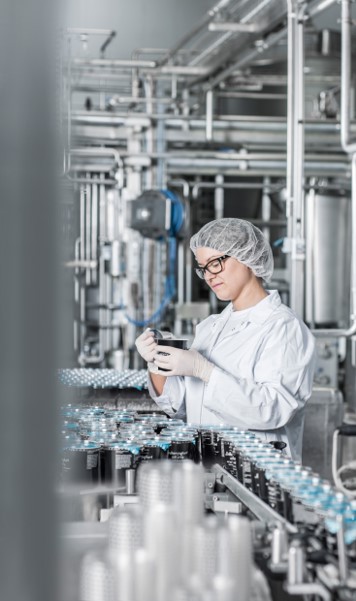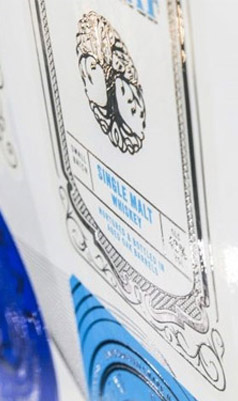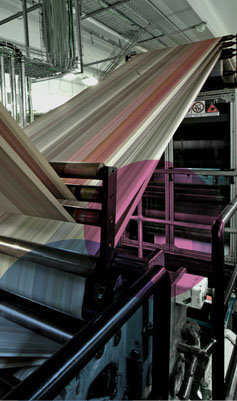

Embalagem Flexível
A ACTEGA é um líder global em embalagem flexível fornecendo tintas, primers, vernizes e adesivos.
DESCUBRA MAIS

A ACTEGA é um líder global em embalagem flexível fornecendo tintas, primers, vernizes e adesivos.
DESCUBRA MAIS

Nosso foco em inovação é a parte central do nosso DNA, por isso investimos intensamente.
DESCUBRA MAIS

A série How-to é uma coleção de conteúdos para ajudá-lo a aproveitar ao máximo todos os produtos ACTEGA .
LEIA MAIS

Nossa meta é sermos climaticamente neutros até 2025. Conheça nosso compromisso com a proteção ambiental.
DESCUBRA MAIS

Descubra nosso calendário com imagens incríveis e acabamentos com efeitos impactantes.
MAISVocê já se inscreveu na nossa newsletter.
act.page.footer.newsletter.message.success.unsubscribed
Continue Shopping
Dear Customer,
For more than 30 years, TPE materials have been successful between the material classes of thermoplastics and elastomers. They have established themselves as a separate group and are suitable for a wide variety of applications as they eminently combine the mechanical properties of vulcanized elastomers with the processing characteristics of thermoplastics.
Reclosing intravenous bag closure made from TPE
At ACTEGA DS, we exploit this variety displayed by thermoplastic elastomers for our PROVAMED® portfolio whose material properties can be flexibly classified within a wide framework. This means not only can it be tailored to your specific needs but also complies with the various requirements stipulated by stringent international rules governing technical medical products and therefore the actual raw materials themselves. Let’s take as an example material for packaging with direct contact to medical media – high-quality intravenous bag closures or so-called resealing membranes for intravenous bags or bottles. The septum used for connecting the tube to an intravenous bag is often made of rubber. But thermoplastic elastomers as an alternative have already yielded some convincing results. They are particularly efficient and hygienic in terms of processing. The material only comprises raw materials which meet the specifications of the medical market in order to eliminate the possibility of contamination. These TPE can be sterilized and, unlike a rubber septum, offer the advantage of 2-component injection-molded processing. This dispenses with manual assembly of the rubber closures in the intravenous bag, which, in turn, saves time and reduces the risk of error. Furthermore, no costs arise for storage of the components and the possibility of contamination of the septum is also eliminated. Because TPE materials are so highly elastic, the septum reliably seals off the intravenous bag when the drip tube is removed. The actual production process is medically safe. As TPE materials are non-interlinking, the risk of chemical reactions and reactive residue by harmful chemicals in the rubber is effectively counteracted which, in turn, contributes to a maximum level of hygiene in this sensitive medical area.